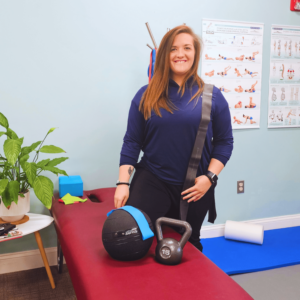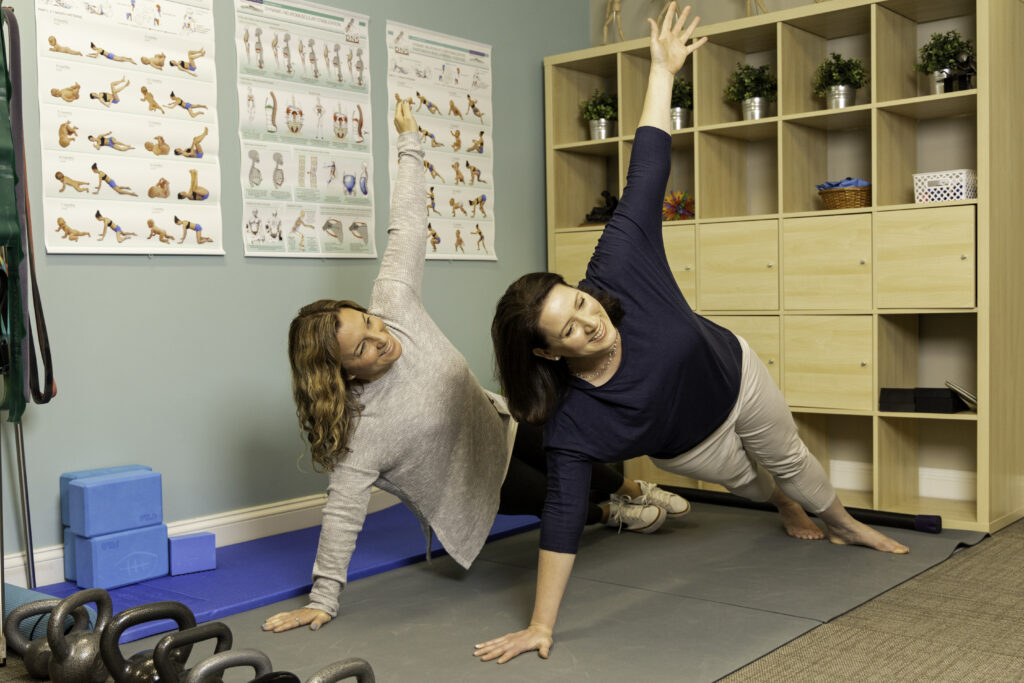If you have a headache, you’re not alone. Nine out of ten Americans suffer from headaches. Some are occasional, some frequent, some are dull and throbbing, and some cause debilitating pain and nausea.
What do you do when you suffer from a pounding headache? Do you grit your teeth and carry on? Lie down? Pop a pill and hope the pain goes away? There is a better alternative.
New research shows that spinal manipulation – the primary form of care provided by doctors of chiropractic – may be an effective treatment option for tension headaches and headaches that originate in the neck. A report released in 2001 by researchers at the Duke University Evidence-Based Practice Center in Durham, NC, found that spinal manipulation resulted in almost immediate improvement for those headaches that originate in the neck, and had significantly fewer side effects and longer-lasting relief of tension-type headache than a commonly prescribed medication.
Also, a 1995 study in the Journal of Manipulative and Physiological Therapeutics found that spinal manipulative therapy is an effective treatment for tension headaches and that those who ceased chiropractic treatment after four weeks experienced a sustained therapeutic benefit in contrast with those patients who received a commonly prescribed medication.
Headache Triggers
Headaches have many causes, or “triggers.” These may include foods, environmental stimuli (noises, lights, stress, etc.), and/or behaviors (insomnia, excessive exercise, blood sugar changes, etc.). About five percent of all headaches are warning signals caused by physical problems.
Ninety-five percent of headaches are primary headaches, such as tension, migraine, or cluster headaches. These types of headaches are not caused by disease. The headache itself is the primary concern.
“The greatest majority of primary headaches are associated with muscle tension in the neck,” says Dr. George B. McClelland, a doctor of chiropractic from Christiansburg, VA. “Today, Americans engage in more sedentary activities than they used to, and more hours are spent in one fixed position or posture. This can increase joint irritation and muscle tension in the neck, upper back, and scalp, causing your head to ache.”
What Can You Do?
• If you spend a large amount of time in one fixed position, such as in front of a computer, on a sewing machine, typing, or reading, take a break and stretch every 30 minutes to one hour. The stretches should take your head and neck through a comfortable range of motion.
• Low-impact exercise may help relieve the pain associated with primary headaches. However, if you are prone to dull, throbbing headaches, avoid heavy exercise. Engage in such activities as walking and low-impact aerobics.
• Avoid teeth clenching. The upper teeth should never touch the lowers, except when swallowing. This results in stress at the temporomandibular joints (TMJ) – the two joints that connect your jaw to your skull – leading to TMJ irritation and a form of tension headaches.
• Drink at least eight 8-ounce glasses of water a day to help avoid dehydration, which can lead to headaches.
Avoid the Following Food “Triggers”
• Avoid caffeine. Foods such as chocolate, coffee, sodas, and cocoa contain high levels of stimulants.
• Avoid foods with a high salt or sugar content. These foods may trigger inflammation that leads to headaches and migraines
• Avoid drinking alcoholic beverages. These drinks can cause dehydration and are often high in sugar.
• Other headache sufferers may want to avoid not only caffeine but also high-protein foods, dairy products, red meat and salty foods.
How Can Chiropractic Care Help Headache Sufferers?
• Chiropractic adjustments can improve spinal function and alleviate the stress on your system, especially strain and tension in the neck, head, and upper back that is often associated with headaches.
• Provide nutritional advice, recommending a change in diet and perhaps the addition of B complex vitamins or other supplements to reduce inflammation.
• Offer advice on posture, ergonomics (work postures), exercises, and relaxation techniques.
This advice should help relieve the recurring joint irritation and tension in the muscles of the neck and upper back.
As you can see, headaches can happen for a variety of reasons. Please call us so we can do a full health evaluation and discuss your specific needs and goals!
From The American Chiropractic Association
www.HandsDownBetter.org





